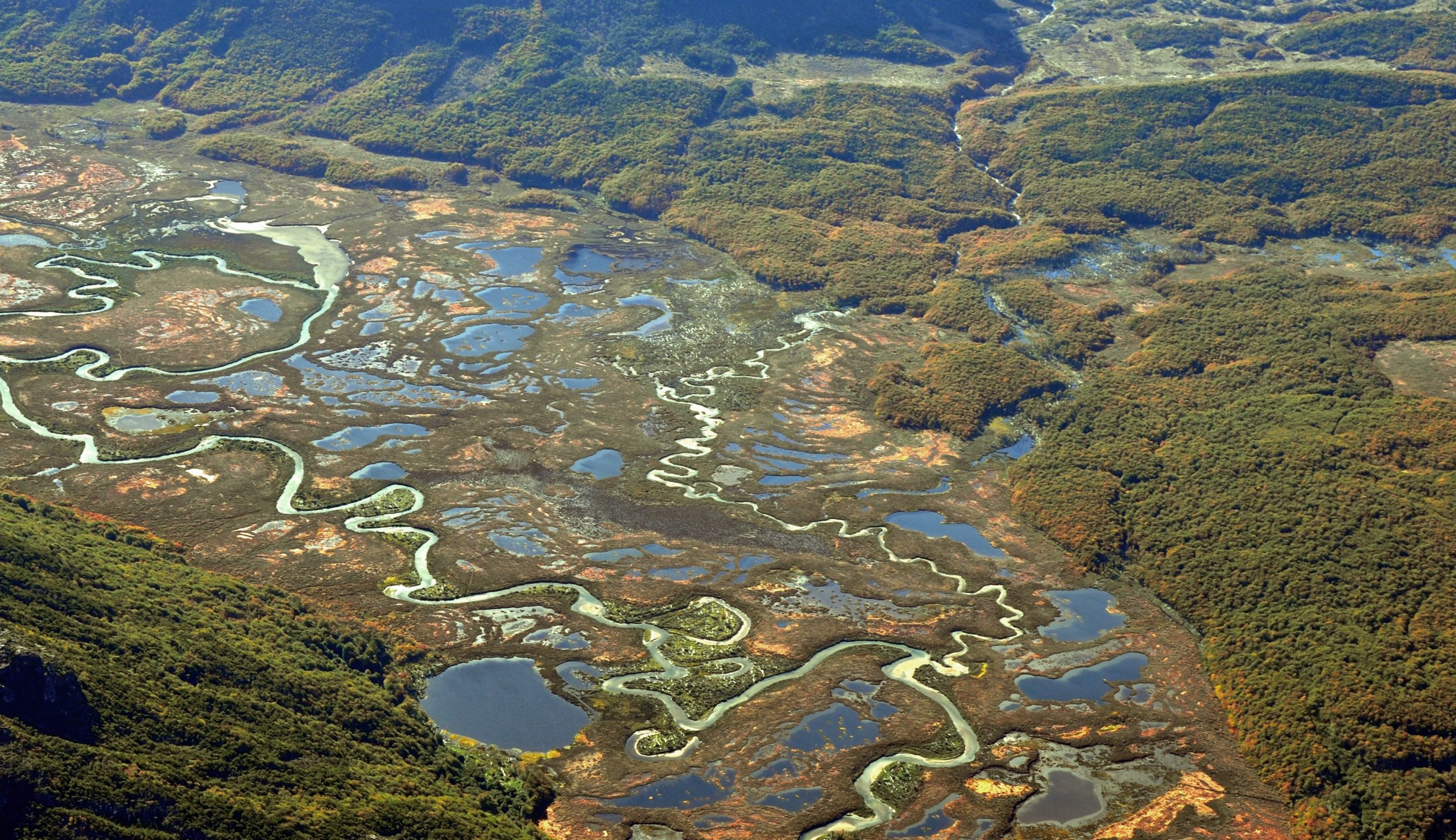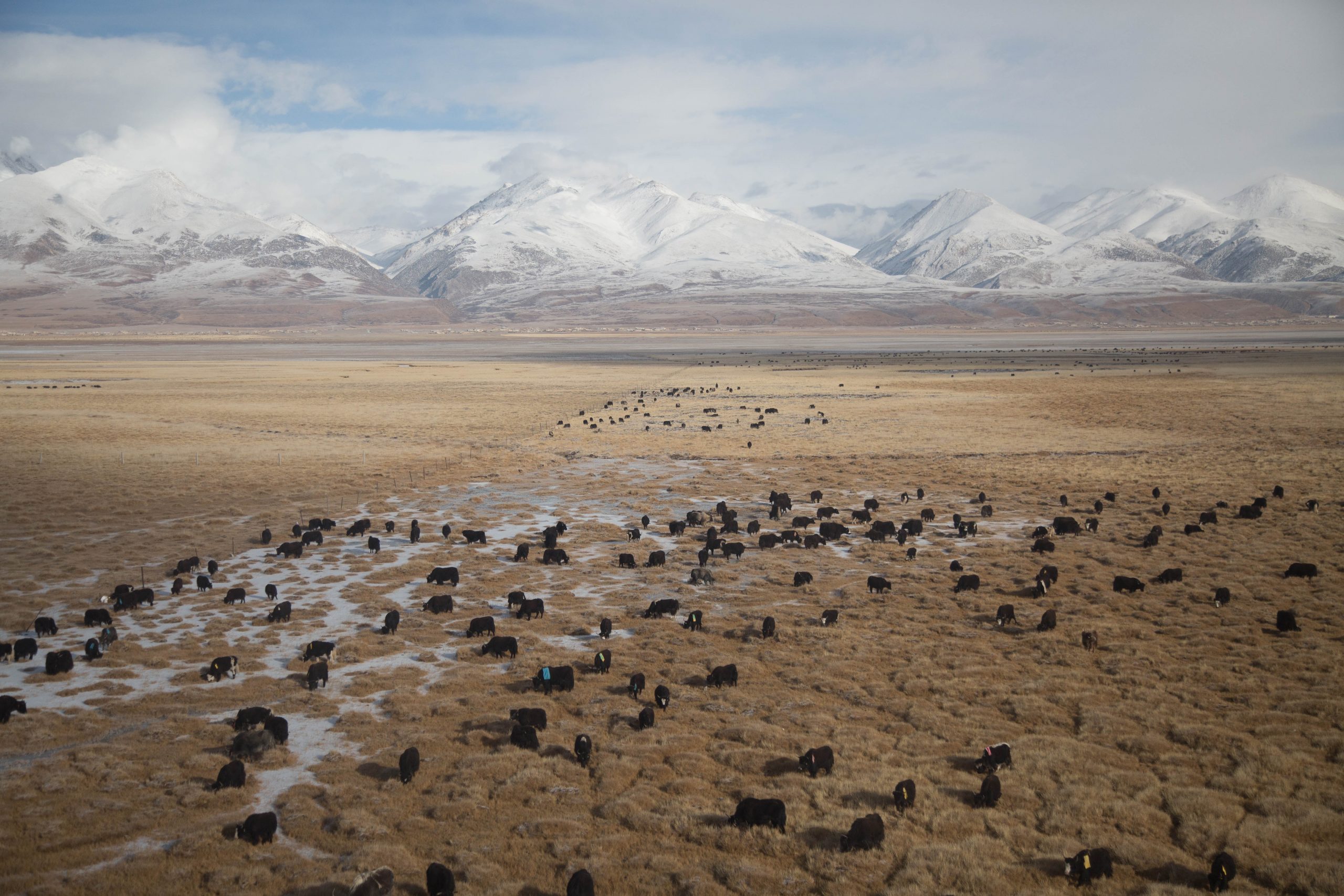PALUDICULTURE IN INDONESIA
In Indonesia, our work shows how local sustainable economic models can be established or re-established, whereby communities live sustainably within their peat landscapes. We established the Paludiculture Forum for Southeast Asia and through this worked with 350 households where villagers planted 250 hectares with sago, a starch used for noodles and cookies. Growing sago on wet peat provides food for people and the by-products are feed for ducks. The duck manure can then be used to fertilise crops, creating a local nutrient loop.
Purun is another example of a commercially valuable native plant that grows on tropical peat soils and is dependent on deep water. The long grass is valuable as a construction material for baskets, matting and furniture. High water tables support an abundant purun crop and provide income while maintaining the underlying peat and the carbon it stores, while supporting fish production and reducing fire risks.
To stimulate investment and upscaling of paludiculture in Indonesia, we initiated a platform that facilitates this exchange between stakeholders including between plantation companies, research institutes, governments and NGOs. There is a need for further piloting, research, knowledge-exchange and learning. Once the viability of alternative cultivation and new business models are established, this can stimulate further regulatory changes and the adoption of paludiculture approaches by companies.


